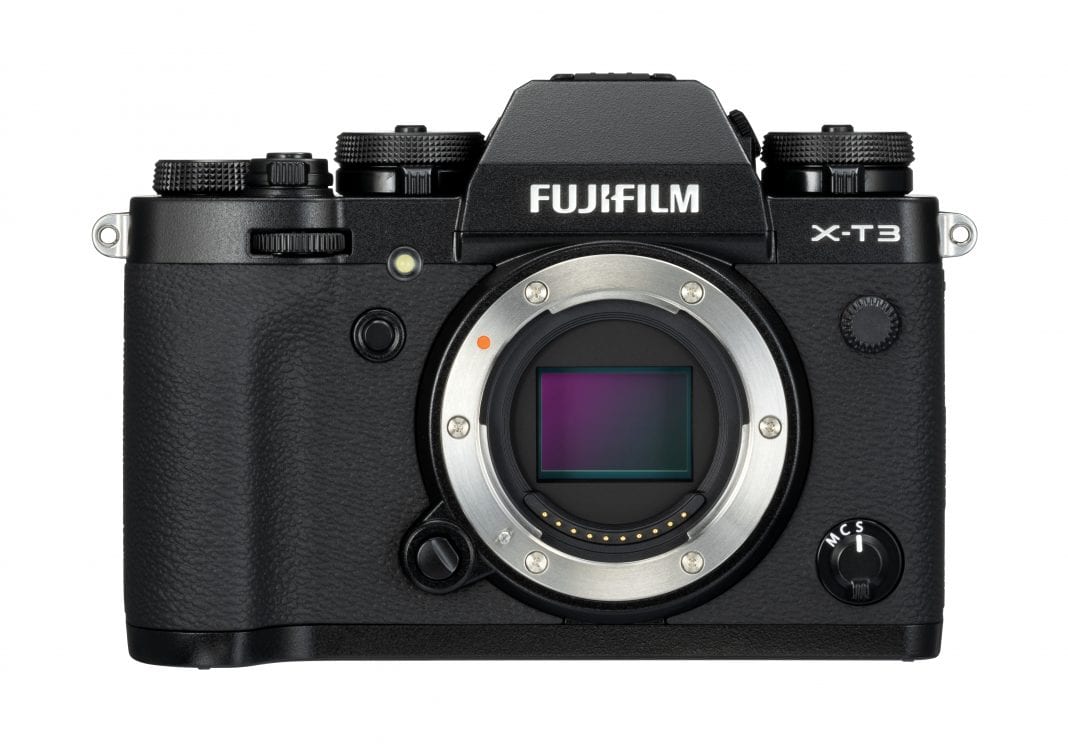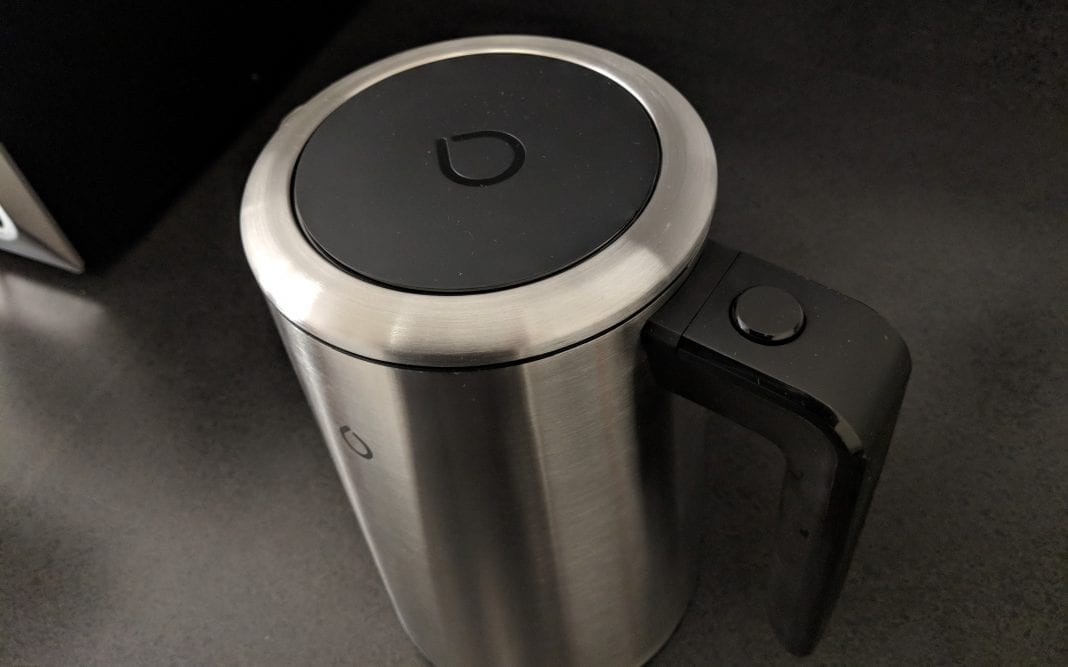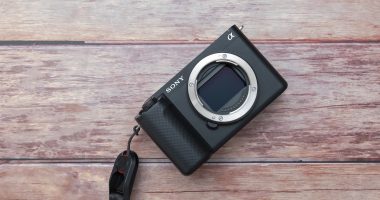On a humid night in Brooklyn, FujiFilm invited us to the product launch of their latest addition to the X-series family of cameras – the all-new X-T3. We had an opportunity to check out FujiFilm’s latest APS-C sensor camera and get some hands-on time while the Gotham Girls Roller Derby rolled, bounced, and skated. While we’re always down to check out some roller derby, we were there to see what the latest X-T camera was capable of.
FUJIFILM X-T3 Key Features via Fujifilm Press Release:
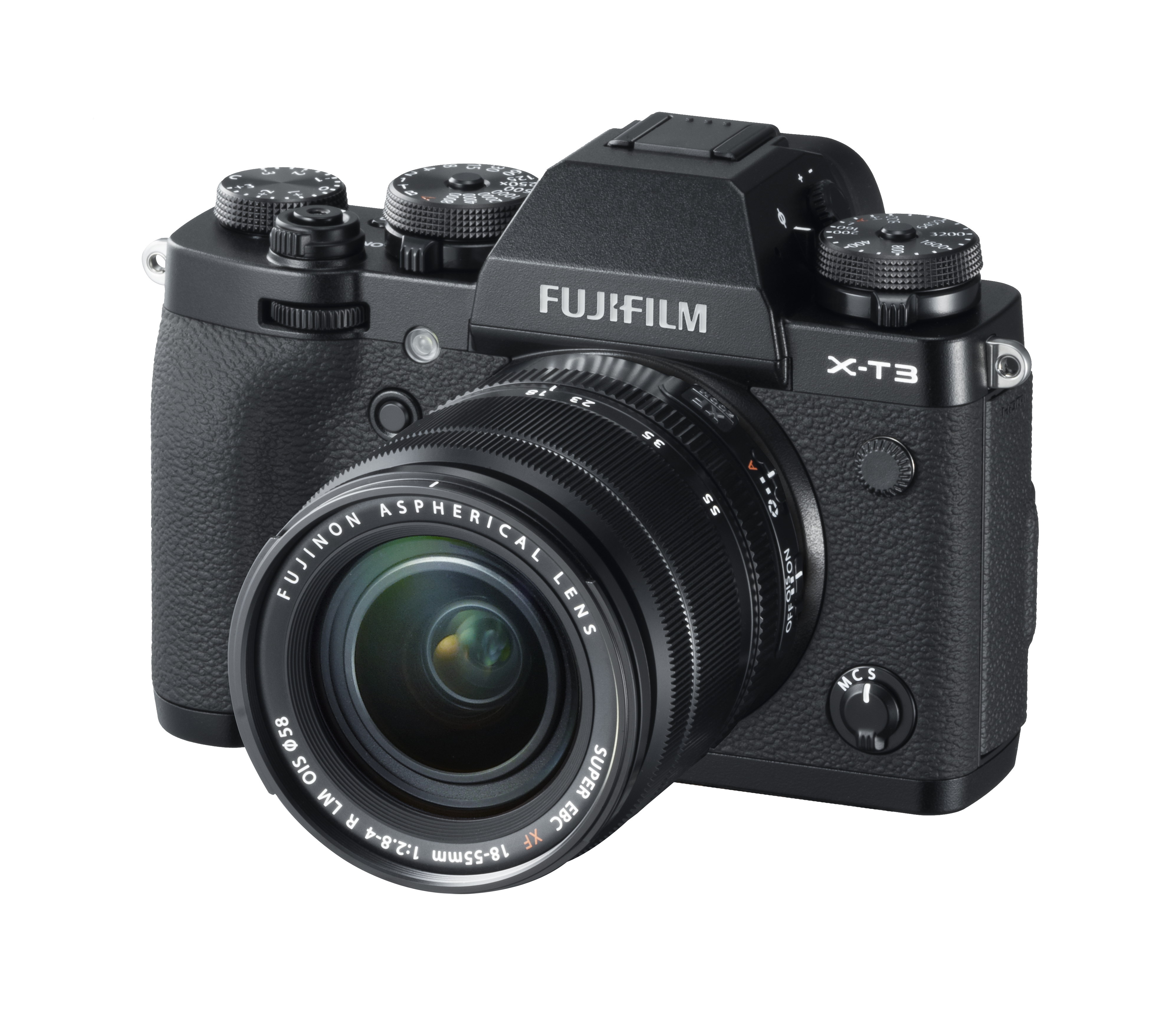
Sensor: 26.1MP X-Trans CMOS 4 Sensor with primary color filter
Image Processor: X-Processor 4 Image Processing Engine
-
- Capable of 4K/60P and 10bit output
- Features 4 CPU units
- Startup time of 0.3 seconds
- Shutter time lag of 0.045 seconds
- High-precision, 0.5-inch, 3.69 million dot OLED color viewfinder
Viewfinder: Magnification of 0.75x
-
- Wide viewing angle (diagonal 38º and horizontal 30º)
- Display time lag of just 0.005 seconds, refresh rate of approx. 100fps
Body Design/Materials: Robust magnesium alloy body
Continuous Shooting
- Approx. 30fps [Only electronic shutter, 1.25 x Crop ] (JPEG? 60 frames Lossless compression RAW 35 frames Uncompressed RAW 33 frames)
- Approx. 11fps (JPEG: 145 frames Lossless compression RAW: 42 frames Uncompressed RAW: 36 frames)
- Approx. 5.7fps (JPEG: endless Lossless Compression RAW: 62 frames Uncompressed RAW: 43 frames)
- Pre-shot: Approx. 30fps [Only electronic shutter, 1.25 x Crop ] (max. 20 frames while half press, max. 20 frames after full press, total max. 40 frames
Video: Movie Recording (using a card with the UHS Speed Class 3 or higher)
-
- Movie File format: MOV (MPEG-4 AVC/H.264, HEVC/H.265, Audio: Linear PCM / Stereo sound 24bit / 48KHz sampling)
- Movie compression: All Intra/Long-GOP, can be used with the following settings:
- DCI4K/4K 29.97p/25p/24p/23.98p 400Mbps
- Full HD?2048×1080?/Full HD?1920×1080? 59.94p/50p/29.97p/25p/24p/23.98p 200Mbps
Display: 3.0 inch, aspect ratio 3:2, approx. 1.04 million dots touch screen color LCD monitor (approx. 100% coverage)
16 Film Simulation Modes: PROVIA/Standard, Velvia/Vivid, ASTIA/Soft, Classic Chrome, PRO Neg. Hi, PRO Neg. Std, Black & White, Black & White +Ye Filter, Black & White +R Filter, Black & White +G Filter, Sepia, ACROS, ACROS +Ye Filter, ACROS+R Filter, ACROS+G Filter, ETERNA/Cinema), B & W
First Look
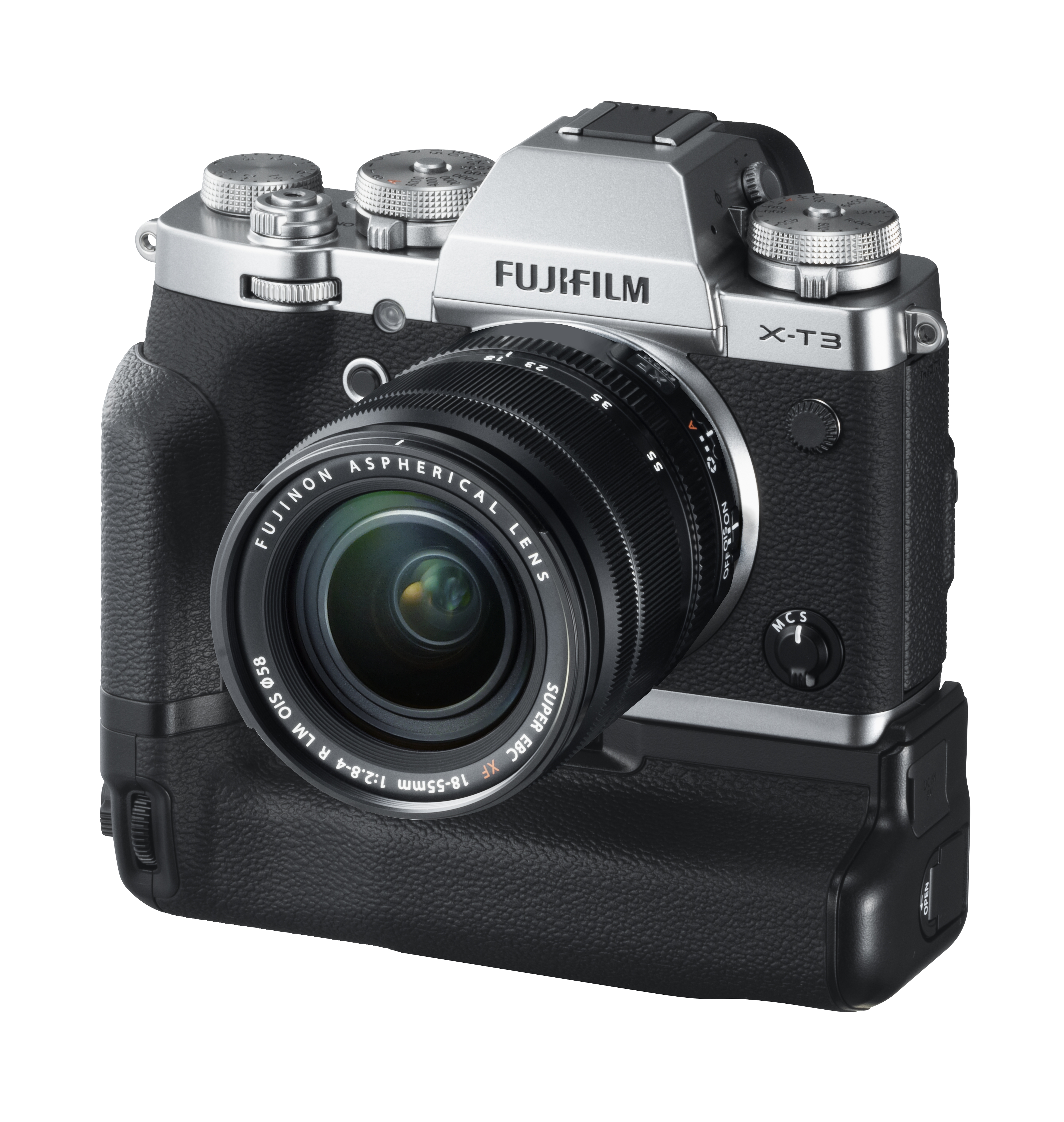
First off, this is by no means a review of the camera. We were only able to work with JPG files, we were using a loaner camera for a very brief period, and in a controlled environment. There were plenty of FujiFilm staff on hand to help out should something not quite work right – and they were more than happy to switch camera bodies if needed. That said, a smokey event space with a roller rink in the middle is definitely something we’d call a tricky place to test a camera that’s being touted as an Auto-Focusing beast. We made sure to put it through its paces. If you’ve ever shot with an X-T series camera, handling and button/dial placement will instantly seem familiar. All the old-school dials and buttons are where you’d expect. The switches for different camera modes and focusing modes are where they were found – despite feeling a lot like the X-T2, it’s actually a bit lighter with a slightly improved grip. It feels comfortable in the hand, not too heavy, and well-balanced even when using the XF 56mm f/1.2.
Auto-Focusing & Burst Mode
The current standard for mirrorless AF prowess is Sony’s Eye-Detect auto-focusing processing. Up to now, there has been no other system that has come close to being able to nail focus time and time and time again quite like Sony’s AF system – the X-T3 is pretty damned close. Most modern cameras can give you decent tracking results as they move across the frame, but getting focus right as your subject moves in a straight line towards you is a very a different situation. While FujiFilm has been refining their cameras’ ability to track focus as a subject moves forwards or backwards, from our limited time with the X-T3 we didn’t notice too many times when it missed. Even from a distance, in a smokey, dimly lit room, the X-T3 managed to keep our subject locked – even when letting off 30 fps bursts.
Oh, yes, I did say 30 fps bursts. One of the biggest updates to the X-T3 is that you can now shoot 11 fps with the mechanical shutter and 30 fps with the electronic shutter engaged without needing to attach it to the battery grip. While the X-T2 is no slouch, if you wanted to unlock the full feature set of the camera you needed to attach it to the battery grip. If you’re shooting sports, the X-T3 may soon find itself in your gear bag.
Last Thoughts & Sample Images
While it’s still too soon to give a definitive final say on how well the X-T3 performs, we’re seeing lots of promise in FujiFilm’s latest flagship camera. The X-T3 is what you’d expect of a prosumer camera that’s just at home with an enthusiast on holiday or as part of a professional’s kit. The X-T3 also seems to borrow a lot of the video enhancements of the X-H1 – its beefier, video-first cousin including the ability to capture 10-bit 4:2:2 4K video directly to your SD card. We’re looking forward to giving this camera a full once-over very soon.
Sample Images
